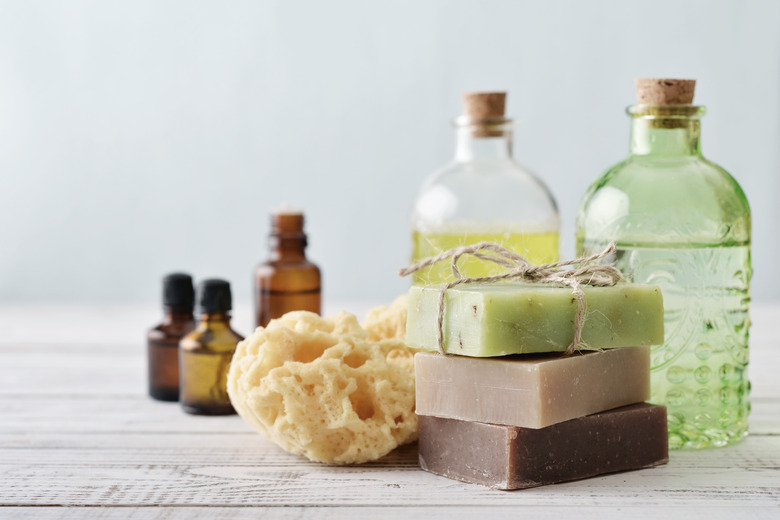What Is A Compound?
Do you know that you use compounds everyday without even thinking about it? All compounds include one item made from two or more items that bonded together to create the new item. You actually breathe H₂0 and emit CO₂ (carbon dioxide) when you exhale, making you a user and producer of compounds on a daily basis.
What is a Compound in Science?
What
is a Compound in Science?
A scientific compound is any material that is created by two or more elements or parts to form a new one. You use many compounds on a daily basis including sodium chloride (NaCl), which is common salt as well as many products with sodium carbonate (Na₂CO₃) which is commonly found in manufacturing paper, glass, soap and photography.
What is a Compound in Biology?
What is a Compound in
Biology?
Biology contains two branches, botany and zoology, to get a better understanding of the environment you live in including plants and animals. In the zoology world, a compound is a group of living things, such as a colony of coral or a troop of monkeys. The terminology for compound in botanical terms helps describe plants, such as a compound leaf that made from several leaflets.
What is an Organic Compound?
What is an Organic Compound?
Organic compounds exist in the area of biology. It is any type of compound that contains carbon, such as lipids, proteins, carbohydrates and nucleic acids that humans and animals consume.
What is a Compound in Chemistry?
What is a Compound in
Chemistry?
In chemistry, a compound forms when two or more chemical elements chemically bond together. These are the elements in the periodic table that each have their own symbol. Every chemical compound always has the same ratios of the items in them, or it would chemically change them.
The glucose people produce in their bodies helps metabolize food made from carbon, hydrogen and oxygen with the ratios of 2:1:1 respectively. You can split the elements of a compound and return them to their basic, simplest form of an element. Elements can't be separated into any simpler substance.
When atoms of elements chemically join together, the atoms lose their individual properties and gain new ones characteristic of the compound. A chemical formula shows letters, numbers and symbols that represent a compound.
Other Considerations
Other Considerations
A mixture is not considered a compound, even though it is a joining of two or more different substances. There is no chemical reaction to bond a mixture together. An example of a mixture is a salad with several items in it or a recipe with several ingredients.
Cite This Article
MLA
Lougee, Mary. "What Is A Compound?" sciencing.com, https://www.sciencing.com/what-is-a-compound-13712131/. 20 April 2018.
APA
Lougee, Mary. (2018, April 20). What Is A Compound?. sciencing.com. Retrieved from https://www.sciencing.com/what-is-a-compound-13712131/
Chicago
Lougee, Mary. What Is A Compound? last modified March 24, 2022. https://www.sciencing.com/what-is-a-compound-13712131/
